
Here is the story from the website: NextAvenue.
- - - - - - - - - - - - - - - - - - - - - - - - - - - - - - - - - - - -
On the upside, growing older means you’ve accumulated a good deal of experience and wisdom as well as an abundance of instructive and entertaining stories. But there’s a sharp downside, too. Take action now to make sure that the challenges below don’t end up defining your second and third acts.
1. You’re closer to the end.Planning for the end of life — your own and that of your elder loved ones — is more urgent than ever before. Not doing so may mean enduring costly medical measures that prolong life without sustaining its quality and burdening others with agonizing decisions based on guesswork.
Solution: Have end-of-life conversations with family members soon, fill out the legal documents that make your medical wishes and estate management affairs clear and analyze long-term care insurance options.
2. Regrets? You’ve got more than a few. You’ve lived long enough to feel bad about thingsyou should and shouldn’t have said or done. Maybe you hurt someone; failed to live up to your own expectations and talents, or to support those of others; lost contact with or neglected people you care about; didn’t visit places you wanted to see; let big dreams go unfulfilled and key opportunities slip.
Solution: Recognize that it’s not too late to change course: You can still make amends, effectively express true feelings, explore new places, connect with old friends and make new ones. Write down a list of key regrets and take a small step each day to tackle one or more things on it. Little steps are meaningful in and of themselves but they likely will lead you to even bigger ones, perhaps even leaps.
Get outside your normal routine and comfort zone — sign up for classes to learn new skills and perspectives, use Facebook and LinkedIn to contact people from your past, call and visit others and look into online dating. Ask for forgiveness and forgive others. If you need support, seek out therapists, career coaches and other experts who can help you tackle the things that are holding you back.
3. Your youthful looks are fading. Self-worth, relationships, even employment opportunities can take a beating from changes in appearance that come with age.
Solution: Cultivate things that fuel inner beauty, a quality that actually grows more powerful with time and experience. Pin down ways you can extend more kindness to family, friends, colleagues and total strangers. Start by thinking about what a loving, open heart really means and how you can translate your strengths or develop new ones to instruct, mentor and support others.
4. Your body is slowing down. Aches and pains, memory lapses, reduced energy, loss of libido and other physical issues arise as your body expresses natural, age-related changes and the results of a lifetime of not-so-healthy eating habits and a sedentary and stressful lifestyle.
Solution: Get moving any way you can, preferably in a way that feels fun — stretch, run, walk,swim, alone or with a group. Eat more foods that provide the ideal nutrients for this stage of adulthood, including vitamin D3 and omega-3s. Adopt proven strategies for getting more anddeeper rest and participate in deliberate brain-strengthening games and exercises.
5. You’re losing your sense of purpose. The things that once provided satisfaction and fulfillment have undergone significant shifts, from your career to the quality and amount of time spent with children, friends, mates and colleagues. As a result, your world feels smaller and days seem more routine.
Solution: Challenge yourself to learn new things — enroll in online classes or a community college certificate program. Take up a hobby, like knitting, fishing, ballroom dancing or piano; consider individual or group lessons. Join a book, wine or supper club. Explore faith-based communities. Volunteer — give your time and donate money to your community and to causes you believe in.
6. Your career feels as if it’s coming to a close. You feel at risk of losing your job. Or perhaps you already have and finding a new position has proven difficult.
Solution: Size up the signals at your present place of employment and be willing to learn new skills, make lateral moves, collaborate with younger people, work flex hours or part-time, even accept a pay cut. But also be open to an entirely new direction — volunteer in a different field, network, take classes. Consider launching your own business and gaining the know-how you’ll need to succeed.
7. You haven’t saved enough to quite see you through. Given the soaring costs of heath care, prospective changes to Social Security and Medicare and the hits your retirement accounts have taken, your nest egg is likely not going to cover your basic needs down the road — much less travel and other special experiences you had your heart set on.
Solution: Apply an ax to your expense structure and save more. Meet with a debt expert to develop strategies for reducing the amount you owe and hire a financial adviser to analyze your assets and goals to help you devise a savings plan.
8. You’re caring for sick relatives, at your own expense. This overwhelming, if loving, task is rapidly depleting your emotional and financial resources and may be compromising your health, too.
Solution: Ask family members, neighbors, friends and your faith-based community for help, join support groups, download caregiving apps and turn to other caregiving technology that can ease your load, reduce stress and allow you to address your own needs more often.
9. You're going to get lost in the crowd. You’ll be advancing through the second state of adulthood at the same time as many millions of others. If things proceed along present lines, there won’t be enough doctors, professional caregivers or other medical support personnel to deliver the needed care. Our cities, homes and caregiving facilities are also not equipped to handle the "silver tsunami" and ease the challenges of aging.
Solution: Join your generation in doing what it has always done — be innovative. Gain an understanding of what needs to be done and what’s being discussed and proposed in your town and county as well as on the national level. Support community advocacy groups and participate in appeals to political leaders.
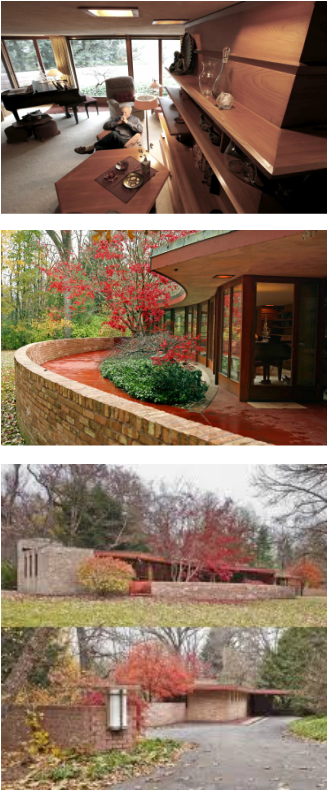
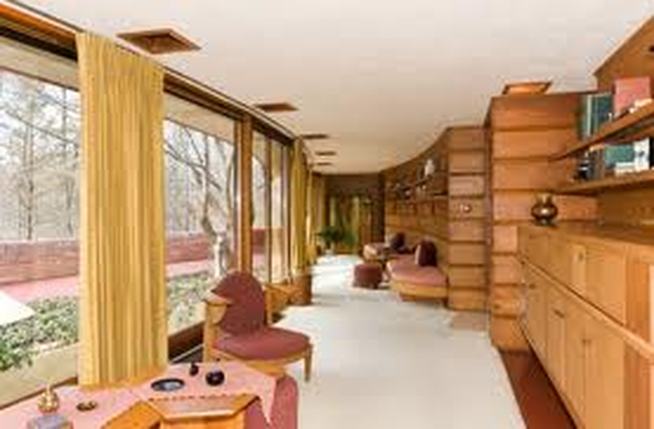


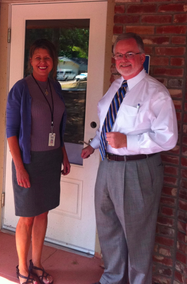

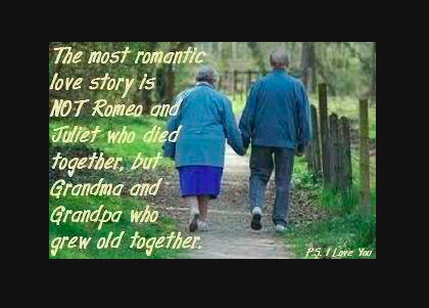




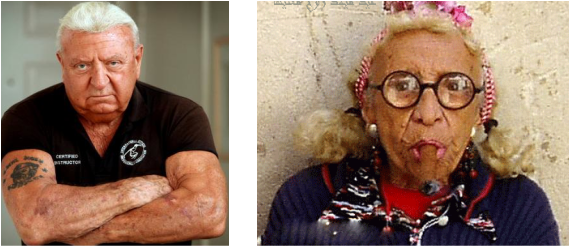

 RSS Feed
RSS Feed
